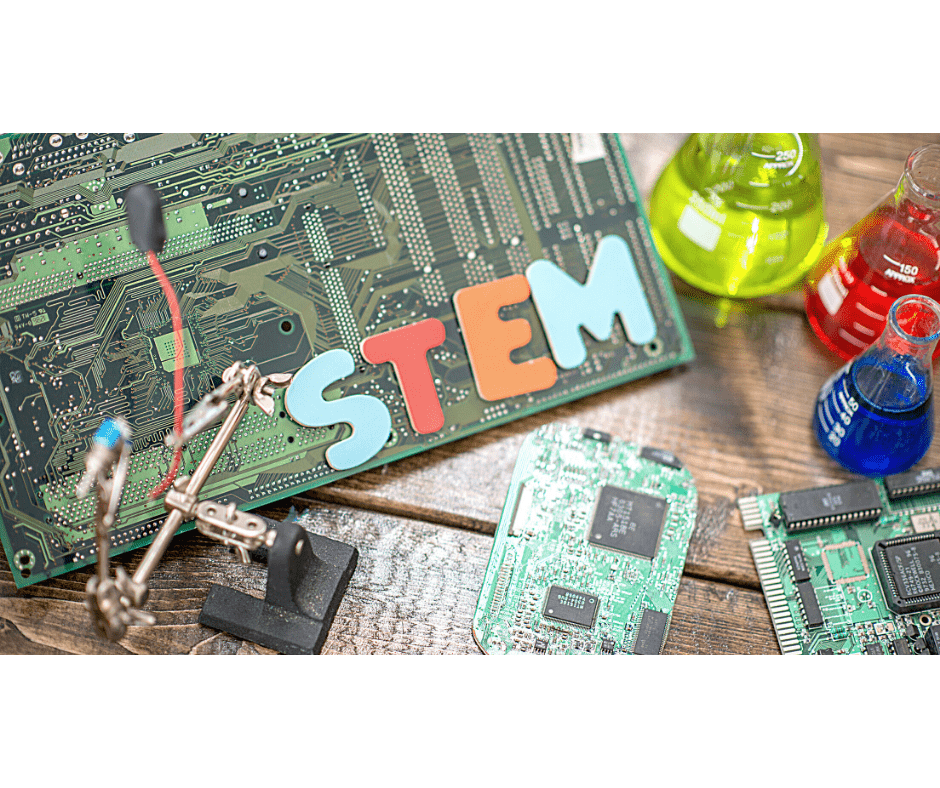The events of the past couple of years have shown how important scientists are to making the world a better and safer place.
According to an independent research study, 91% of people believe that scientists are critical for our future well-being, and 89% say that science brings hope for the future.
Here are five ways to get kids, the next generation of scientists, excited about STEM.
1. Widen access. All kids should have access to STEM education opportunities, at school and outside of the classroom, whether it’s through an after-school program, science camp, competition, or at home. Fortunately, online learning tools have made it possible for more children to access such programs. Today, there is a wide variety of free resources available to families and students looking to expand STEM learning outside of the classroom. Websites like youngscientistlab.com and 3M.com/ScienceAtHome feature fun and engaging projects for grades K-8, along with tools for parents and teachers to guide kids through the experiments.
2. Connect science to something your child already loves. We often think of science in a silo, but the application of science is all around us. Connecting science to something your child already loves can help broaden their conception of what a future in STEM could entail. For example, kids who play sports may be interested in exercise science or sports medicine. Kids who love building toys may find engineering an exciting career path. Introducing kids to science kits, experiments, and other hands-on activities can help fast-track learning, make the subject more fun and engaging, and demonstrate firsthand how science fits into the activities and interests they already love.
3. Promote gender equity in STEM education. Gender should never affect a child’s goal to pursue STEM. Yet, young girls often feel limited in their ability to excel in STEM-related activities due to the gender gap in the sciences and a lack of relatable representation. We can help shift antiquated thinking that science is not for girls by instilling confidence in them to challenge these stereotypes and by exposing them to the valuable work of women inventors, doctors, mathematicians, and scientists, so they can start to see themselves in these positions. Sign them up for extracurriculars like math team and coding camp, visit math and science museums together, and talk about the contributions of and need for girls and women to solve real-world challenges.
4. Diversify STEM. Science is not tied to one gender, race, ethnicity, or nationality. Young kids in minority groups need to understand that they can be involved in STEM careers so that our future workforces reflect our diverse societies.
Shaking up the way we approach science and technology could be one way to help do this. Without a real-world connection, it’s too easy for kids to feel lost or like “this” is not for them. If we expose kids to different career landscapes in ways they can connect to, they can better understand the importance of learning these subjects, build self-awareness around their unique attributes, and open them up to envision themselves in future STEM careers.
5. Bring science to life. Hands-on projects help bring science to life. Look for science competitions and programs that allow young minds to explore and develop real-world experiences.
As we confront 21st-century challenges like climate change and community health crises, scientists, engineers, and doctors will be the heroes on the frontlines. For a brighter future for everybody, give your child the resources and encouragement needed to pursue STEM.
Source: StatePoint








